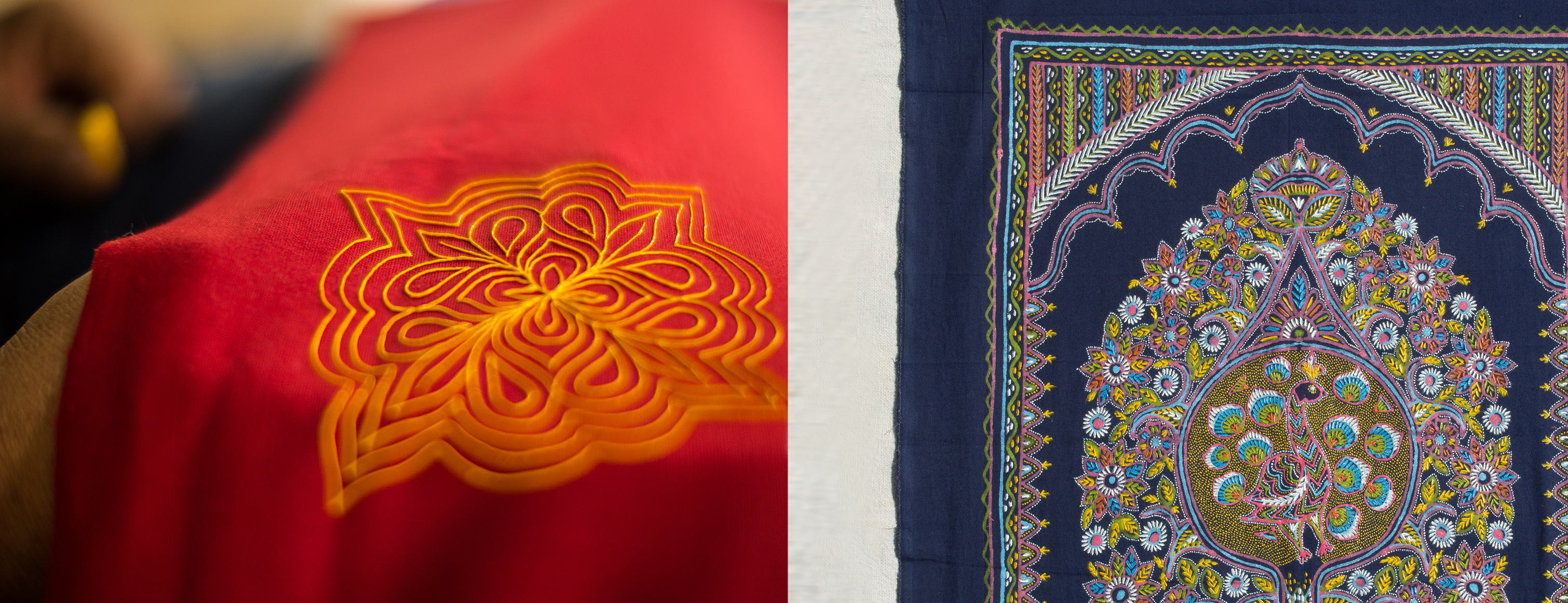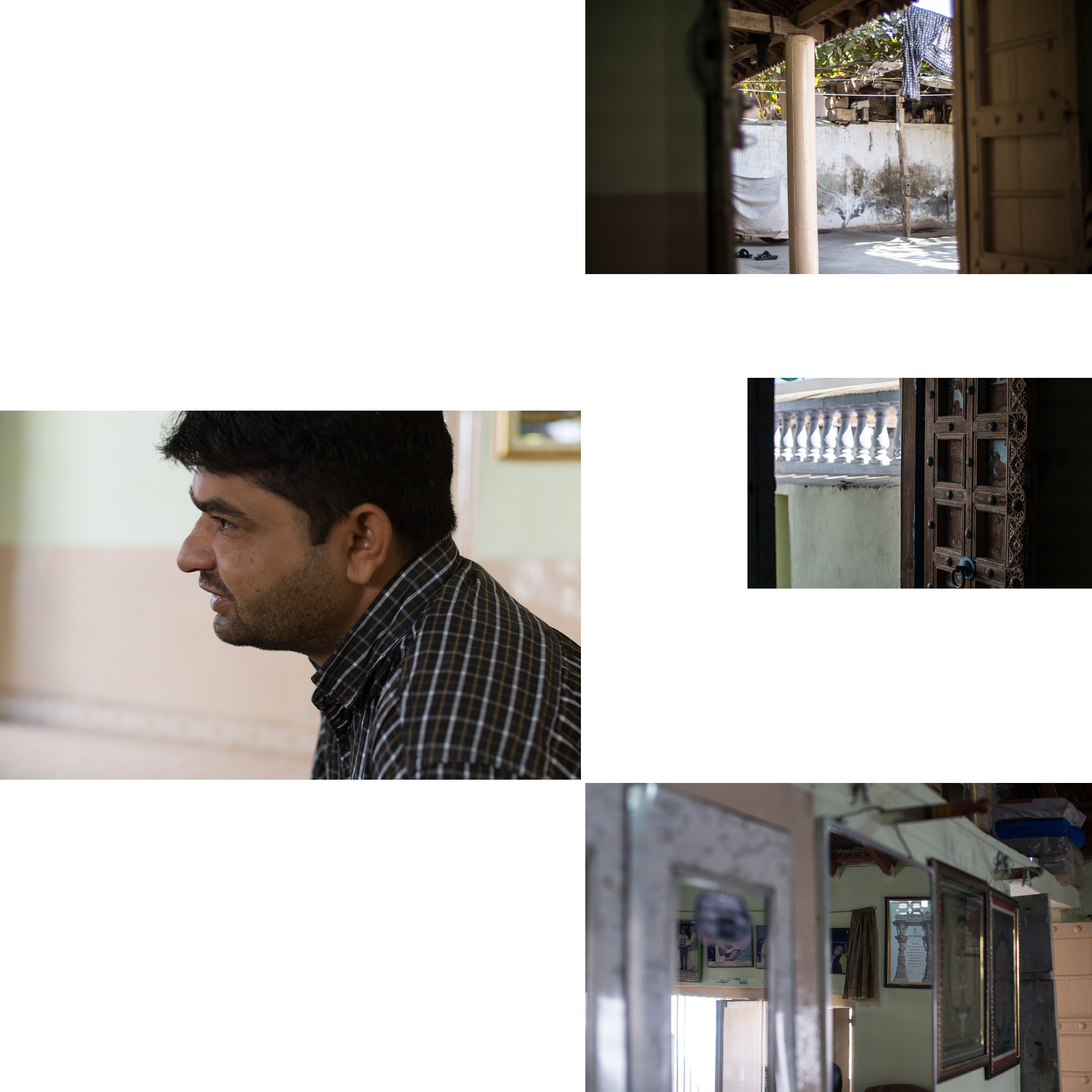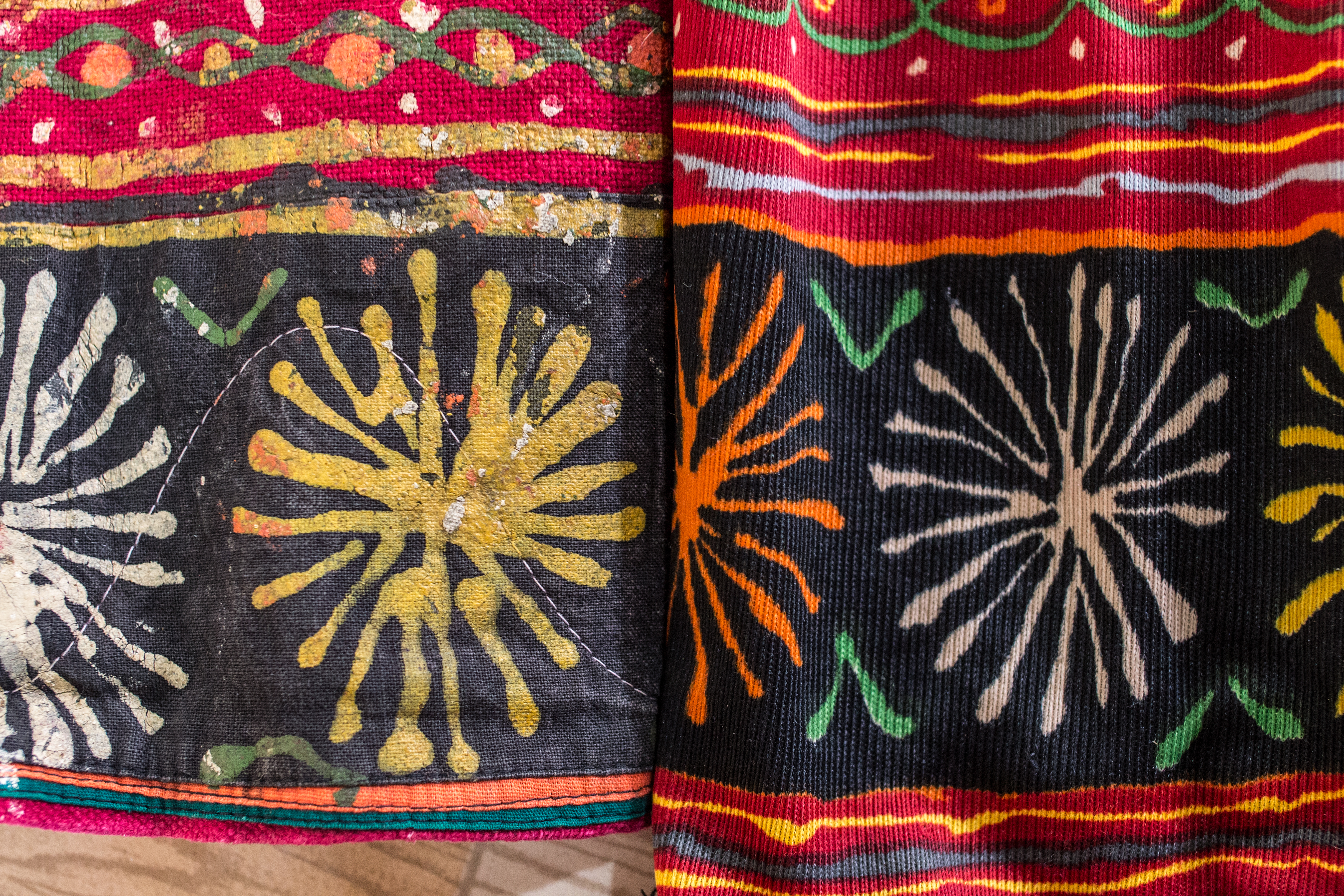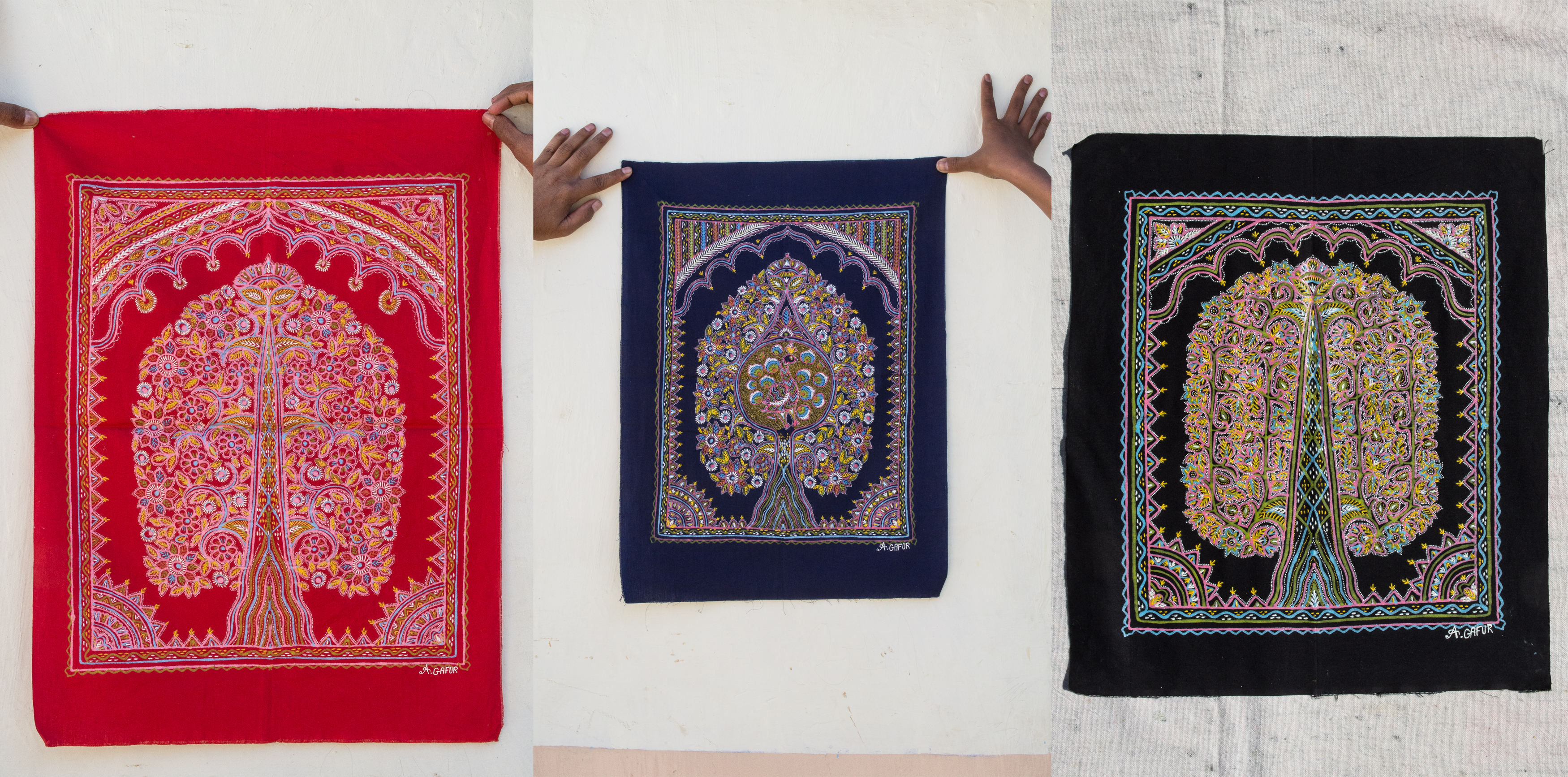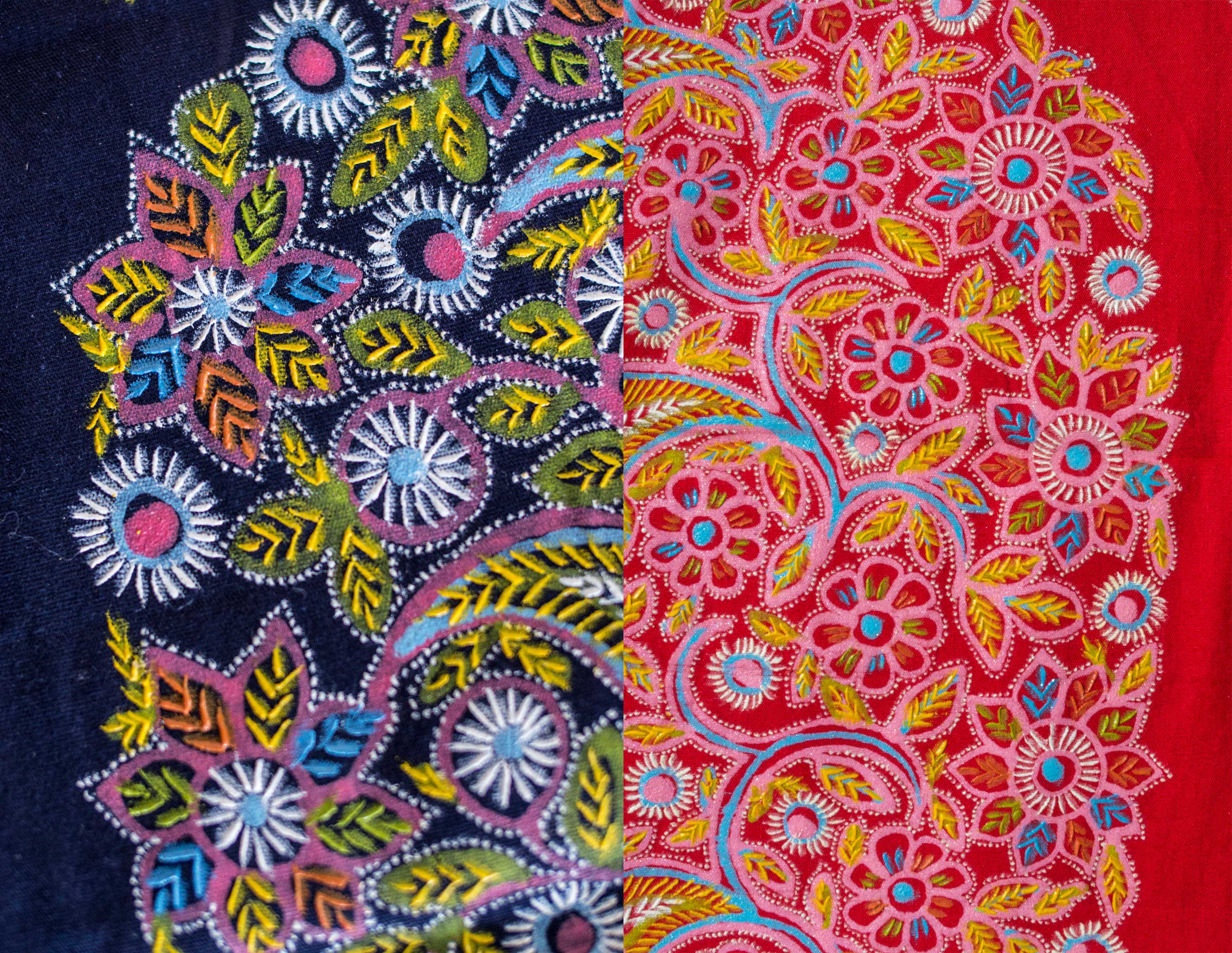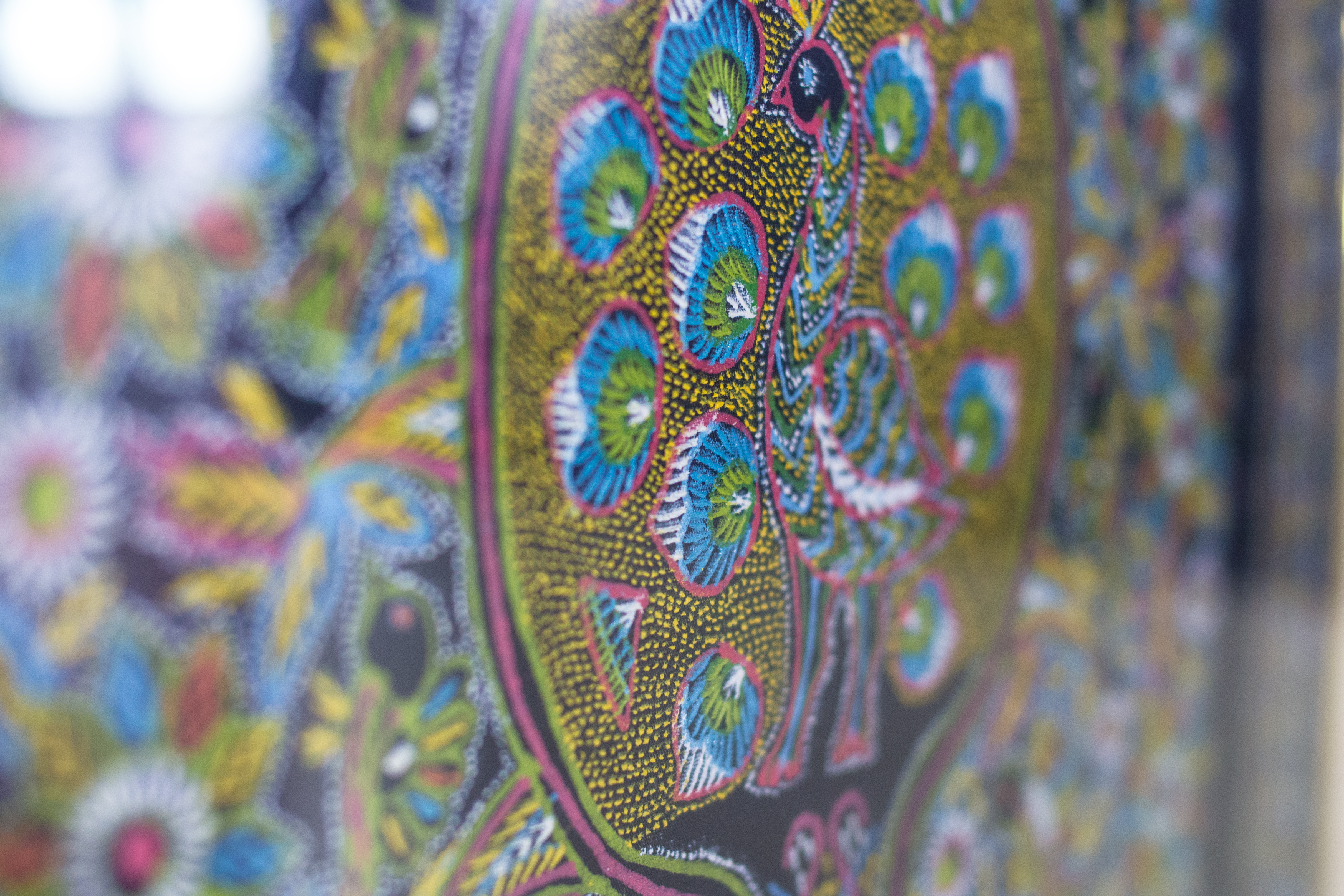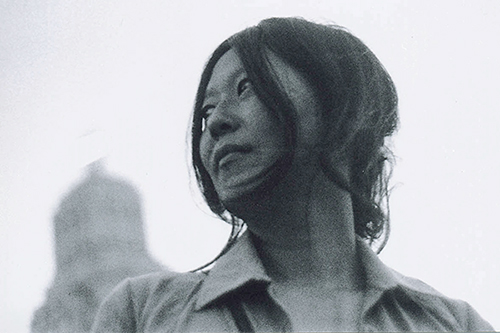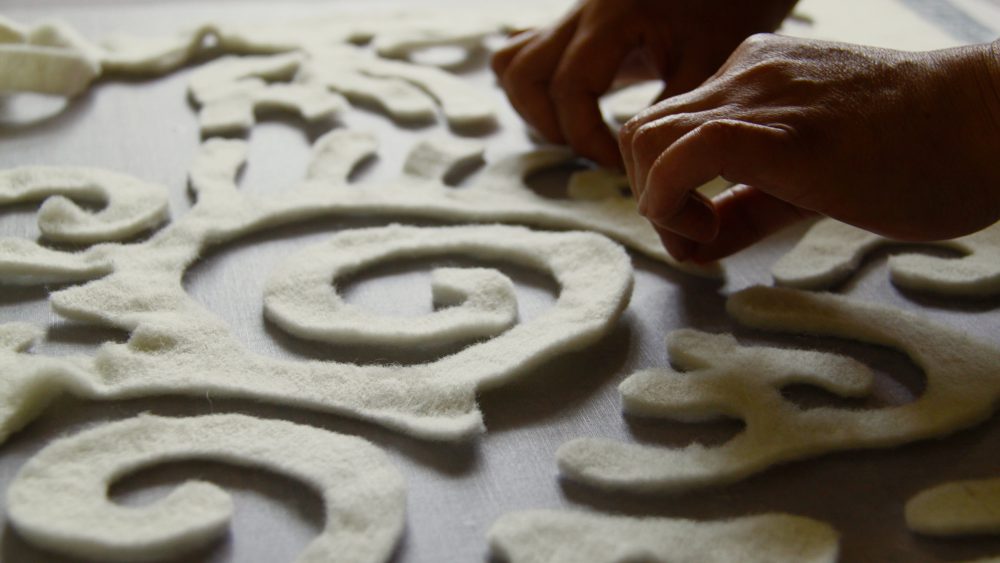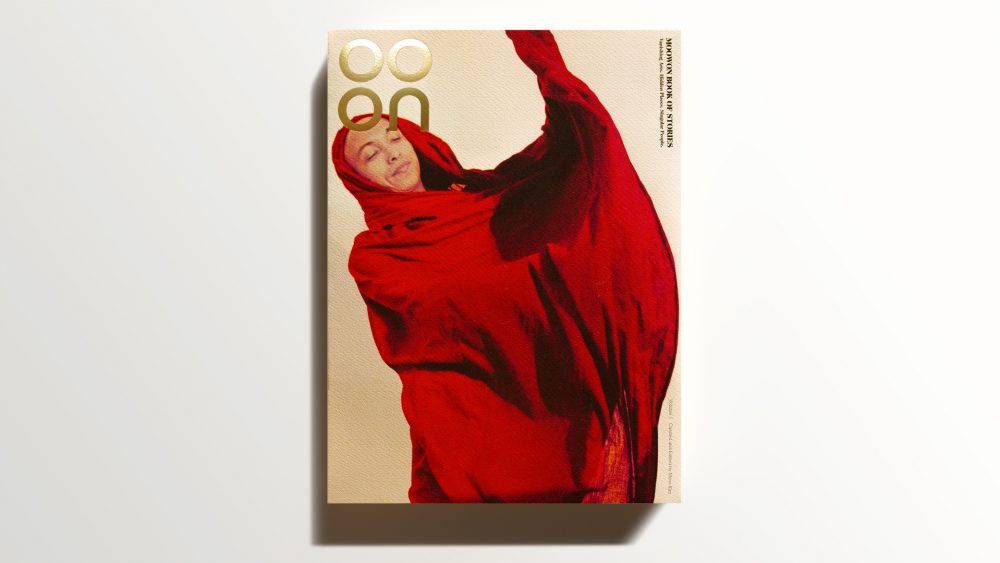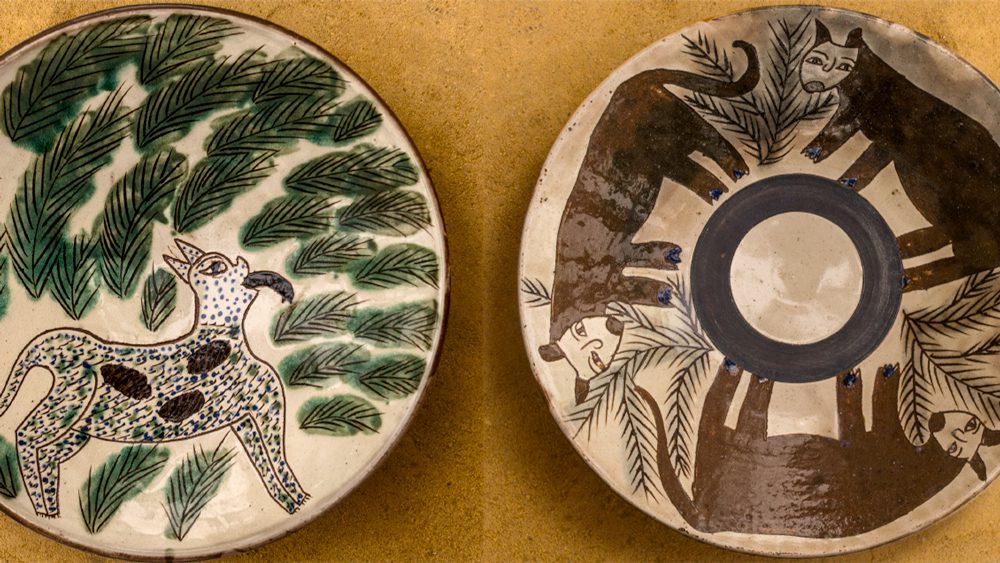Mysterious incongruent spheres of vibrant natural colors mixed with castor oil adorn the small bowls within a larger bowl. Sumar, a soft-spoken craftsman of remarkable humility, takes a rod resembling an oversized blunt needle and dips it into the yellow pod. What follows are a series of enchanting maneuvers instrinic to Rogan art. Nimbly, he twirl-wraps the color around one end of the rod. Against the base palm of his right hand, as if it was an easel, he mixes the color to achieve a perfect consistency. Sumar then gently stretches out a vibrant yellow strand from his "easel" with the rod, creating that perfect fine "thread" to transform it into an exquisite flower.
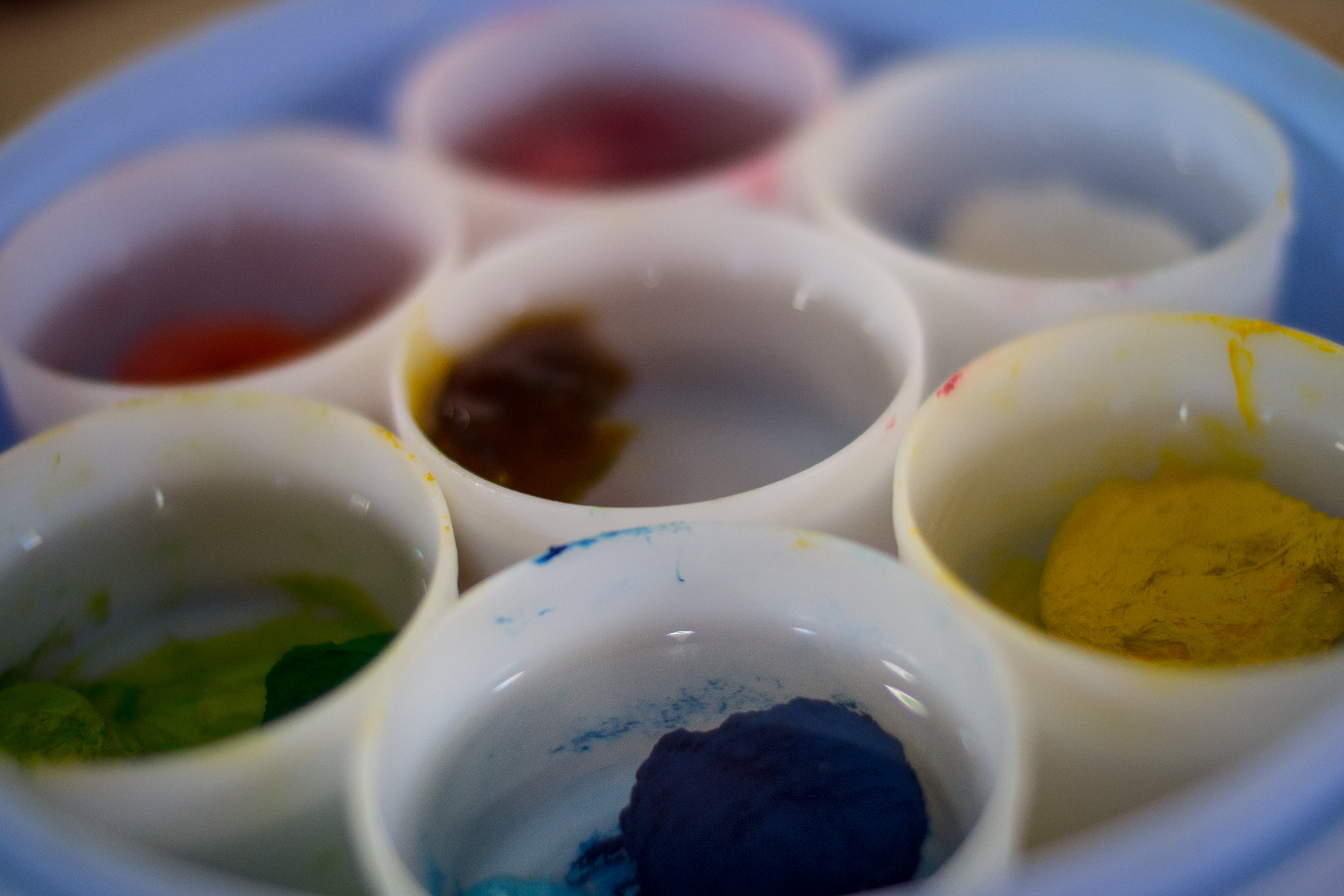
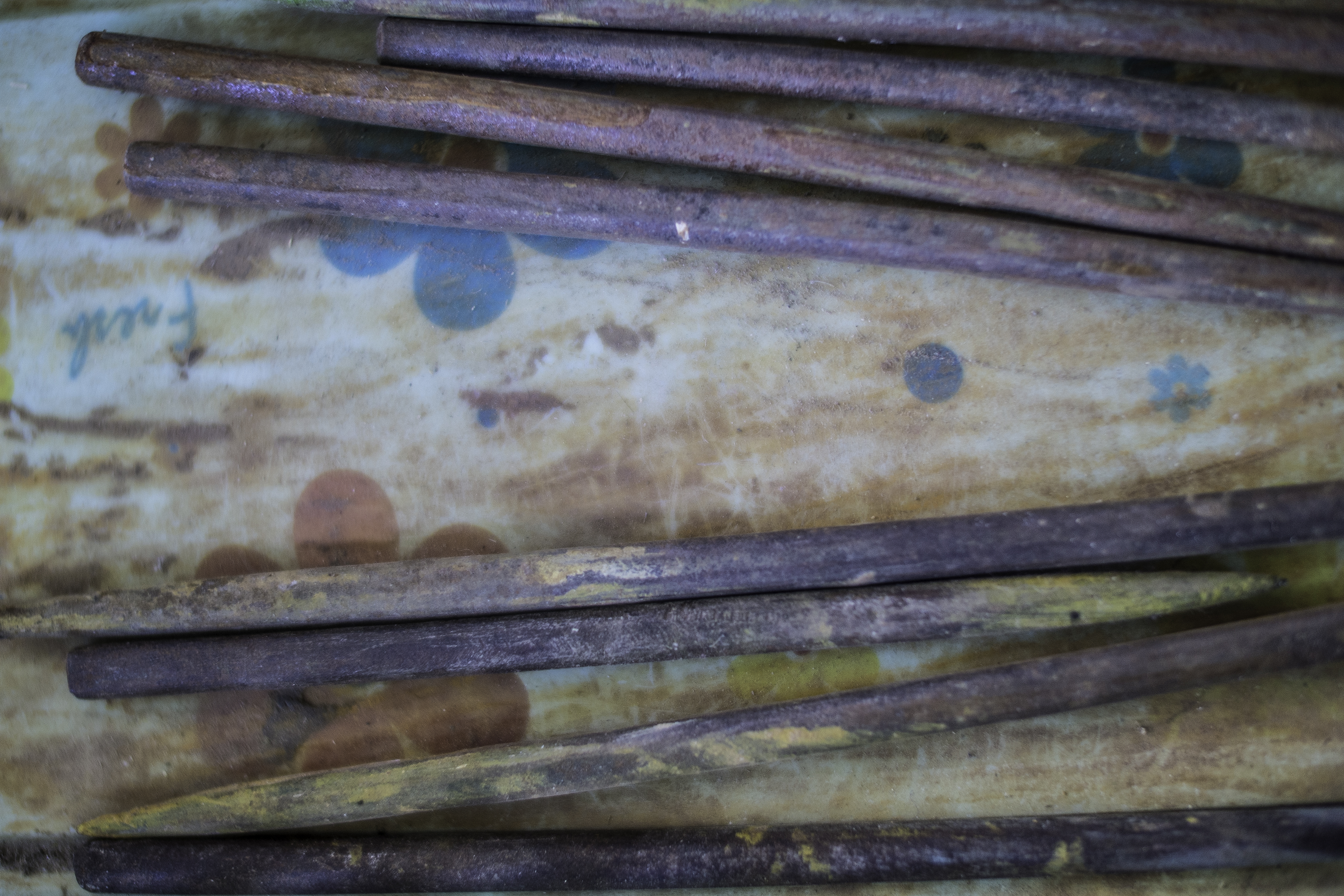
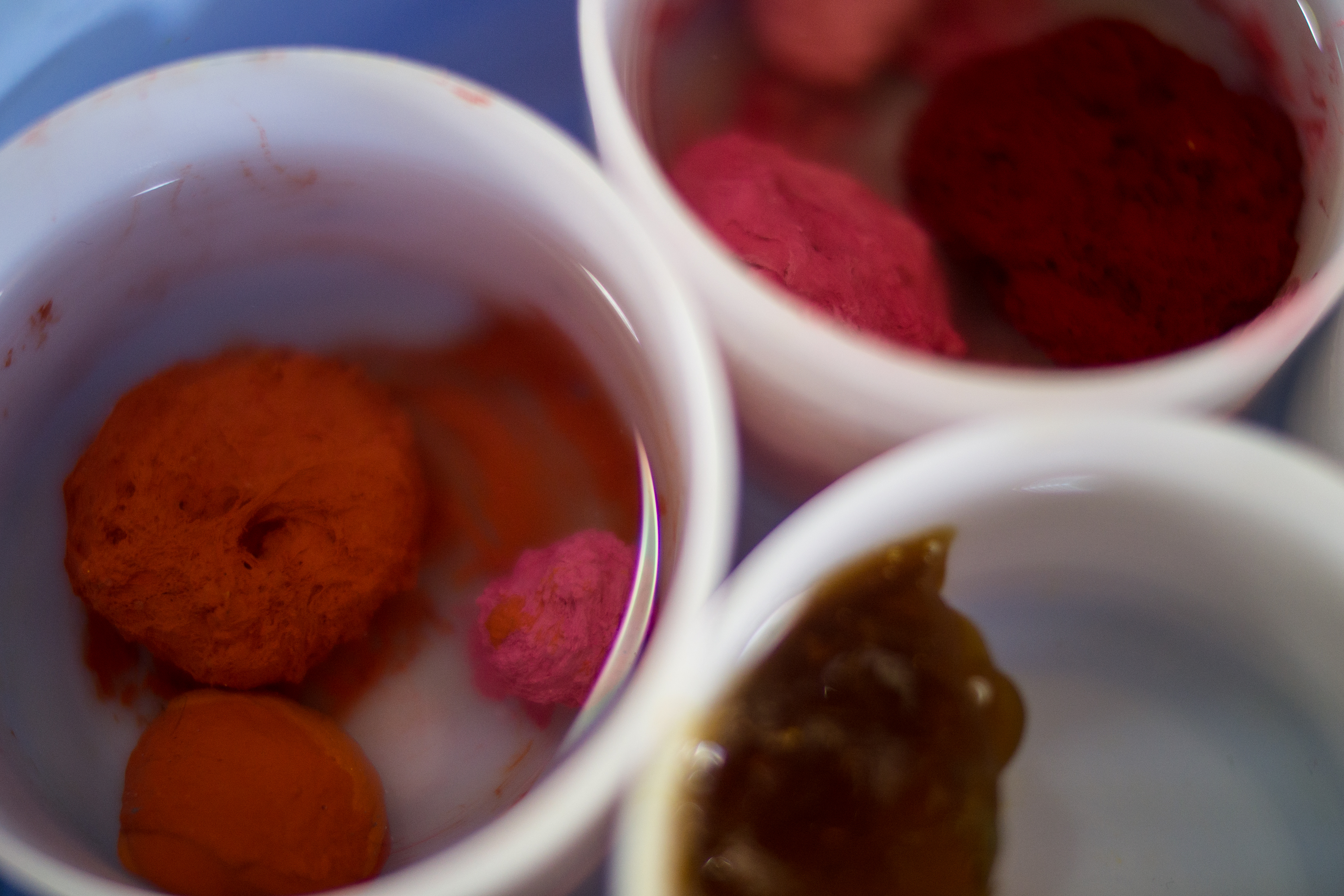
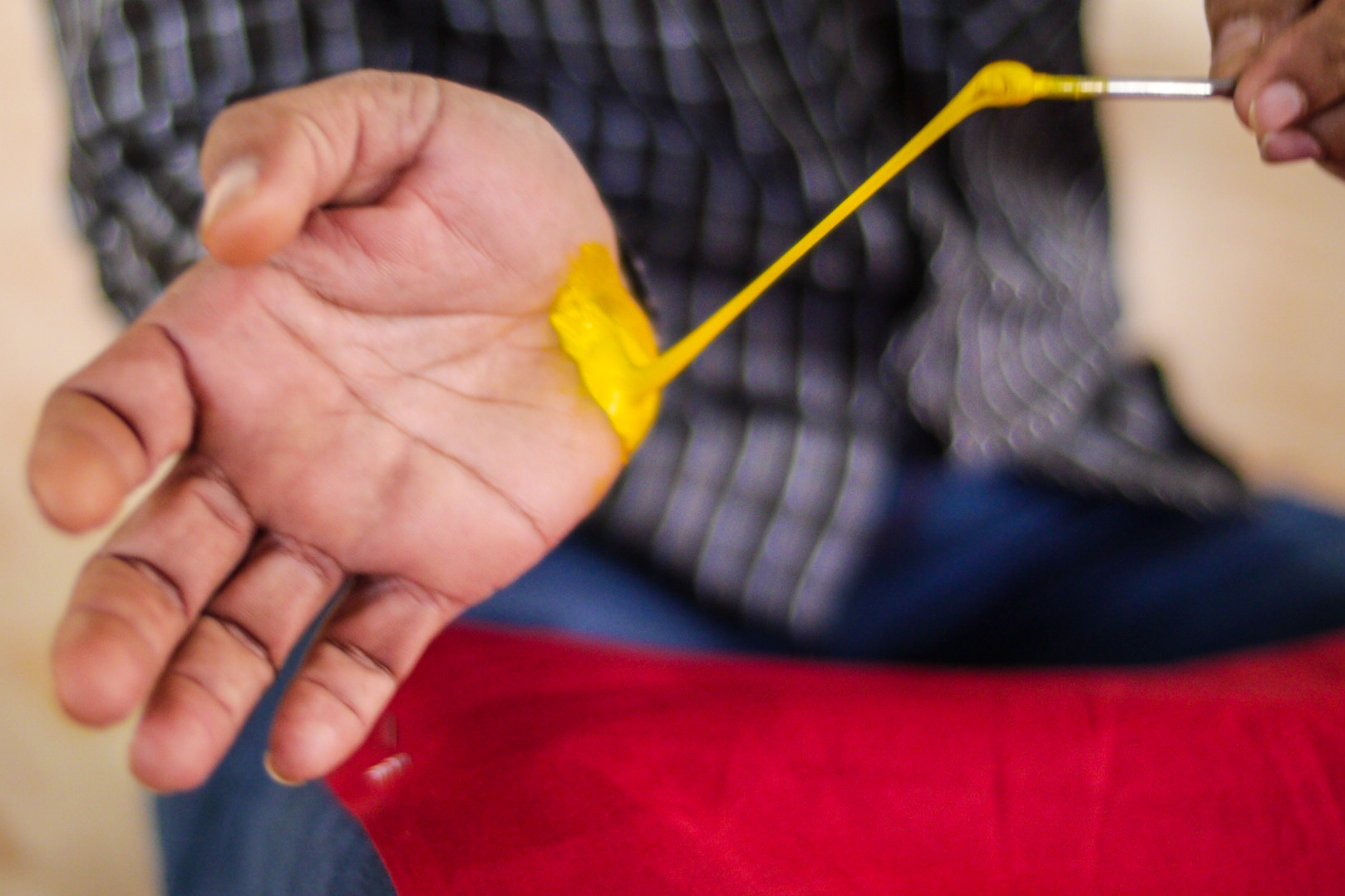
The following video
documents the process behind
ancient and rare Rogan Art.
The technique is demonstrated
by a member of the last remaining family
in a small village in India
that is protecting this rare artform
from disappearing.
To enjoy the full story, become a Member.
Already a Member? Log in.
For $50/year,
+ Enjoy full-length members-only stories
+ Unlock all rare stories from the “Moowon Collection”
+ Support our cause in bringing meaningful purpose-driven stories
+ Contribute to those in need (part of your membership fee goes to charities)
EDITING: COPYRIGHT © MOOWON MAGAZINE /MONA KIM PROJECTS LLC. ALL RIGHTS RESERVED.
PHOTOS, SHORT FILM, TEXT: COPYRIGHT © MONA KIM / MOOWON MAGAZINE. ALL RIGHTS RESERVED.
TO ACQUIRE USAGE RIGHTS, PLEASE CONTACT US at HELLO@MOOWON.COM
